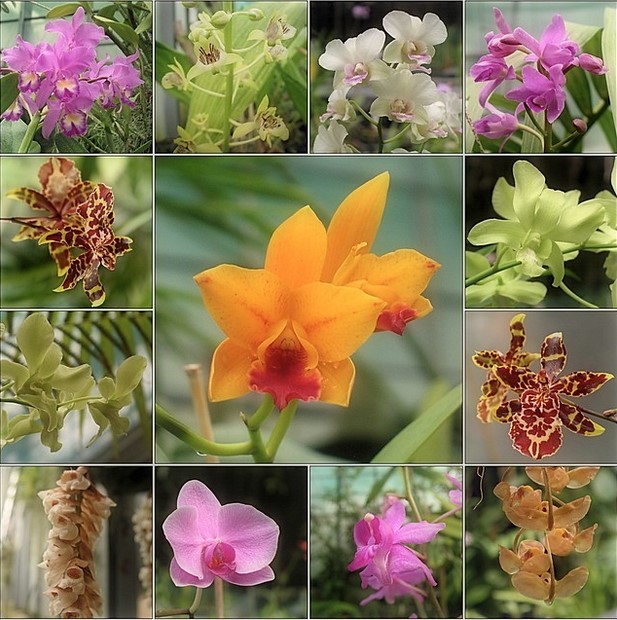Füvészkert: Budapest’s Botanical Wonderland
Foundation
Winterl Jakab, a professor of chemistry and botany, founded Hungary’s first botanical garden in 1771. From its inception, this garden aimed to support medical and pharmaceutical training alongside researching Hungary’s native flora. By 1777, the university shifted to Buda, while the botanical garden relocated between today’s Krisztina tér and Déli pályaudvar.
Early Relocations
Soon after, the garden had to move again. When Emperor Joseph II dissolved monastic orders, the Franciscan monastery garden was handed over for the establishment of the botanical garden. In 1788, Winterl published the garden’s first seed exchange catalog, which, apart from listing around 1,600 plant species, provided the first scientific descriptions of several plants native to the Carpathian Basin.
Golden Era in the 19th Century
Following Winterl’s death in 1807, Kitaibel Pál, a renowned Hungarian polymath of the 18th and 19th centuries, assumed the garden’s leadership. He dedicated his later years to the garden’s relocation, marking its new location outside the demolished city wall. By 1817, the direction of the garden was passed to Haberle Károly of Erfurt. Leveraging his extensive international connections, he elevated the garden to European renown, showcasing almost 10,000 species. However, his untimely death in 1832 marked the end of this golden era, with challenges like the great flood of Pest in 1838 further affecting the garden.
The Reform Era and Relocation
During the reform era, with support from József, the Archduke of Austria, the university acquired the 10-hectare estate of the Festetics family in Józsefváros in 1847. This park, featuring a hunting lodge designed by Polláck Mihály, remains the garden’s home today. Post the 1848 Hungarian Revolution, the garden’s relocation faced challenges, but by 1862, under the leadership of Kováts Gyula, a founder of the Hungarian Geological Society and an expert in paleobotany, the garden began to flourish again.
Late 19th Century Developments
The garden saw another flourishing period under the directorship of Jurányi Lajos and head gardener Fekete József, with a collection reaching 12,000 species. In 1893, a unique Victoria house was built, offering a habitat to the exquisite Amazonian water lilies.
The garden’s landscaping offered picturesque views, and it gained immense popularity due to its portrayal in Molnár Ferenc’s novel “The Boys of Paul Street.” The garden’s colloquial name, “Füvészkert,” stems from this era and remains in use.
20th-Century Challenges and Developments
With the city’s expansion, by the turn of the century, the once-remote garden became surrounded by urbanization, reducing its original size by two-thirds. During the interwar period, under the leadership of Tuzson János, new greenhouses were built. The garden faced severe setbacks during World War II but began its recovery in the 1950s under Soó Rezső. It achieved national protected status in 1960. In 1984, modern greenhouses were built, making way for increased plant collections and research.
International Collaborations
In 1992, the Botanical Garden became a founding member of the Hungarian Association of Arboreta and Botanical Gardens. 1998, it joined the international botanical garden organization Botanic Gardens Conservation International (www.bgci.org).
Conclusion
Füvészkert stands as a testament to Hungary’s rich botanical history, research endeavors, and undying resilience. It remains a treasured green oasis amidst Budapest’s bustling urban landscape.
